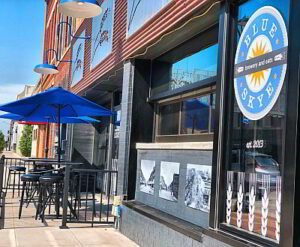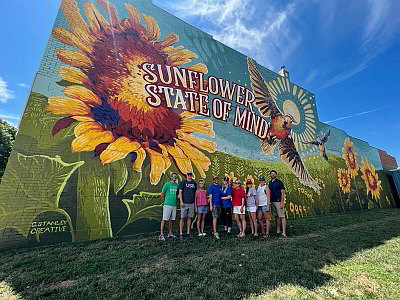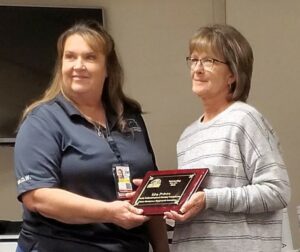
Kansas Emergency Management Association President Kathleen Fabrizius (left) presented NCRPC staff member Lisa Peters (right) with the Outstanding Service Award for 2022. (Courtesy Photo)
NCRPC staff member Lisa Peters was presented the Outstanding Service Award for 2022 by the Kansas Emergency Management Association at the end of last year. Lisa is NCRPC Assistant Director and serves as Homeland Security Coordinator. The NCRPC is contracted to provide fiscal agent services to six of the Regional Homeland Security Councils in Kansas. This award recognizes exemplary service to the Homeland Security Program and the counties and communities it serves.
Homeland Security Program project investments address the planning, organization, equipment, training, and exercise needs to help build local and regional response capabilities and encourage citizen safety and preparedness. Cybersecurity has increasingly become a focus for projects and became a major point of emphasis in 2022 for Peters and the Regional Homeland Security Councils she helps to administer.
“Unfortunately, the threat, frequency, and cost of cyber attacks for county and local public safety organizations grows every year,” Peters said. “A percentage of all of our projects are now earmarked to address cybersecurity issues. There was a learning curve as regional councils determined how best to approach the challenges, but projects are now underway with the goal of improving cybersecurity resiliency of the involved counties.”
The State and Local Cybersecurity projects are funded by grants from the Federal Emergency Management Agency (FEMA) and Department of Homeland Security (DHS).
This article appeared in the Quarter 1 2023 NCRPC Newsletter.

 NCRPC is now hosting free, virtual training courses covering a wide range of topics. Courses available on the training website include a remote work series and a comprehensive rural grocery training series. In addition, some recorded nonprofit board development trainings that were offered in 2021 and 2022 are also archived on the site.
NCRPC is now hosting free, virtual training courses covering a wide range of topics. Courses available on the training website include a remote work series and a comprehensive rural grocery training series. In addition, some recorded nonprofit board development trainings that were offered in 2021 and 2022 are also archived on the site. Many State and Federal awards require entities to have a Unique Entity Identifier (UEI) assigned by the Federal System for Award Management website (
Many State and Federal awards require entities to have a Unique Entity Identifier (UEI) assigned by the Federal System for Award Management website (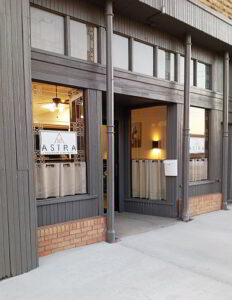
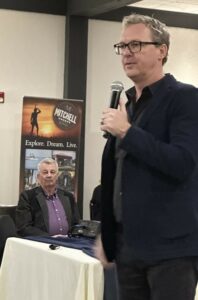
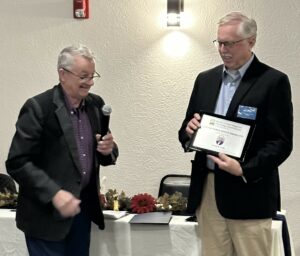
 Employers may be eligible for reimbursement to help cover job training costs of candidates meeting certain criteria.
Employers may be eligible for reimbursement to help cover job training costs of candidates meeting certain criteria. “Lifesaving.” That was the single word a weatherization client recently used to describe the help received through the Weatherization Assistance Program. The NCRPC administers the program for 41 Kansas counties.
“Lifesaving.” That was the single word a weatherization client recently used to describe the help received through the Weatherization Assistance Program. The NCRPC administers the program for 41 Kansas counties. High school seniors in North Central Kansas are invited to compete for a chance to win $1,000 by submitting an essay or short video in the 2022-2023 Rural Voices Youth Contest. Entries should be reflective of this year’s contest theme, which is “Rural Kansas…Working Together.”
High school seniors in North Central Kansas are invited to compete for a chance to win $1,000 by submitting an essay or short video in the 2022-2023 Rural Voices Youth Contest. Entries should be reflective of this year’s contest theme, which is “Rural Kansas…Working Together.”